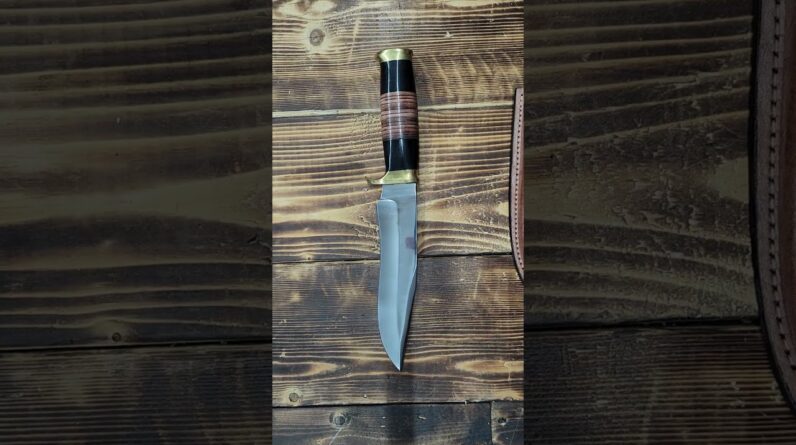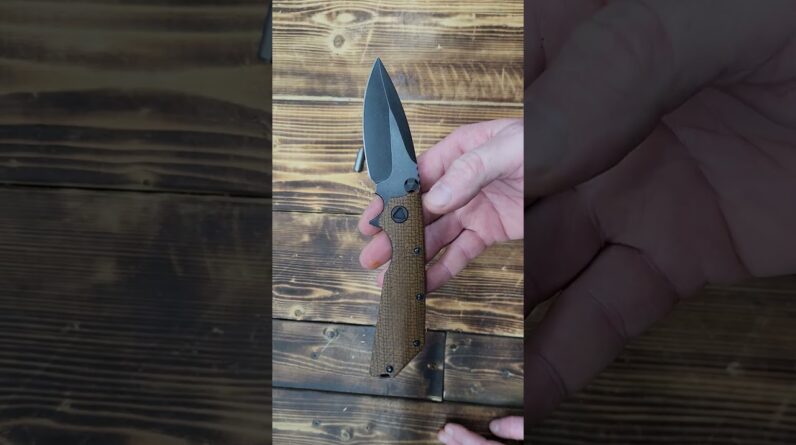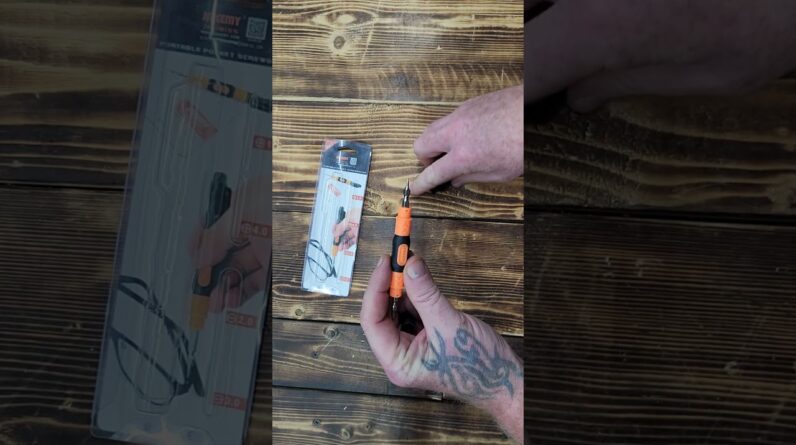
The Doomsday Prepper’s Guide to Survival Prepping Supplies
If you’re a savvy survivalist, then you’re already familiar with some of the basic tools necessary for surviving the worst emergencies. Your bug out bag isn’t the only place you should store essential items. Keep an extra flashlight and some rechargeable batteries for your cell phone and other electronics. You should also pack a boo-boo kit, IFAK, extra glasses and Rx meds, just in case. Also, survival experts recommend that you learn how to use a knife and have twenty feet of paracord handy. Duct tape has thousands of uses and can wrap around a lighter without affecting its use.
In addition to food and water supplies, you should also consider the type of disaster you’re preparing for. Some survivalists prepare for the worst, such as nuclear winter, a global EMP attack, and total societal collapse. Other preppers focus on moderate disasters like power outages lasting up to a week or food shortages. Some prepper tips include learning how to use firearms to protect yourself and others. Aside from having a weapon and ammunition, survival self-defense is essential.
The Pareto principle is a helpful guide to prepping. According to this, 80% of results come from only 20% of the work. So, if you want to be prepared for the worst, the first 20% of your prepping efforts will satisfy 80% of your needs. The rest will require a lot of effort. For example, if you’re a new survivalist, it may be a good idea to buy a variety of foods over time, so you can vary the expiration dates of the items.
The old school of preppers had a “Lone Wolf” mentality. They thought that they’d be alone in the wilderness if disaster struck. This was the wrong approach, as studies of depressions show that communities were much better off than individuals who remained alone. In order to avoid getting branded as an easy target, you should try not to advertise your prepping activities publicly on social media. And don’t paint yourself with obvious “flags” on your property.
Another important aspect to remember when planning for a SHTF situation is your pets. Pets can present unique challenges during an emergency because they’re not as domesticated as dogs or cats. In addition, they’re not accustomed to life in the wild like humans are. Hence, you may have to take care of them in a shelter or temporary location. However, this should not be a deterrent from preparing for a potential emergency.
In the US, the most common disasters and disruptions are medical problems and financial troubles. A sane survivalist will prioritize these two first. The statistics on personal financial health are shockingly bad. Nearly 50% of people are unable to handle a $500 emergency without the use of their credit cards. This statistic is alarming, and it’s time to start preparing for your own potential catastrophe. You’ll be glad you did.
After stockpiling essential items, your next priority should be learning how to survive. Learn how to make emergency bags, bug out bags, and living off the land. You’ll also want to be familiar with how to make a torch, firewood, and other basic tools. Then, consider adding the skills and equipment that will help you live a longer life. And don’t forget the importance of communications – if you are stranded without electricity, it will be tough to get in touch with family and friends if you’re stranded in the middle of a disaster.
Besides a survival kit, a prepper should also acquire a book. This book covers numerous topics and provides detailed information. It’s essential to have a survival book that explains how to preserve food and identify edible plants. These books are also good references for how to preserve food. All these books are essential resources. If you’re not familiar with the basics of survival prepping, it will be difficult to prepare for a true survival scenario.
Regardless of where you live, you should always have a bug out bag. It’s like a mini-emergency kit. It will help keep you alive for up to three days without food, water, or other supplies. But before you start, make sure to consult a professional. If you’re not sure how to make one, follow these simple tips to make it happen. Then, you’ll be well-prepared for any situation.






